Connecting forest and people
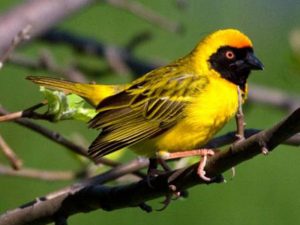
GolaMa's objectives are to;
Establish Community Forest Management Agreements (CFMAs) and financial sustainability business plans
Ensure forest communities are benefiting from new, sustainable, alternative income generating activities under CFMAs while contributing to forest protection
Reduce bushmeat hunting/trading of protected species in the project area
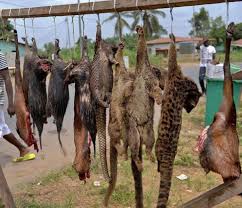
Establish self-regulated sustainable artisanal mining practices
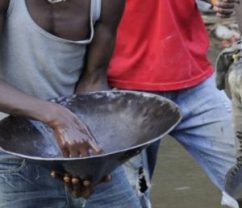
Determine the potential of carbon trading to provide sustained finance.
The Forest
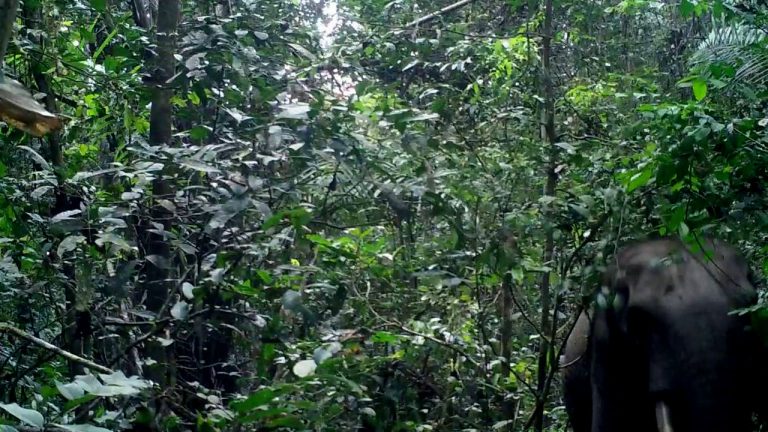


Liberia’s Upper Guinea forests are exceptionally diverse, with very high rates of endemism. The Gola National Forest, situated in north-west Liberia, is one of the largest remaining intact areas of seasonal dense moist evergreen and semi-deciduous forest in the whole region.
Part of the Gola National Forest is scheduled to be upgraded to a National Park in 2014, significantly increasing its level of protection. Once the Gola National Park has been established, the area will be linked to the Gola Rainforest National Park in Sierra Leone, creating a unique transboundary Peace Park covering over 2,000 km².
Crucially, however, the forest that links the protected areas is of similar importance as it is also part of the Upper Guinea Forest Biodiversity Hotspot, internationally recognized as a top priority for conservation efforts. It is in one of these “corridors” area that the GolaMA Project is working.
The Wildlife
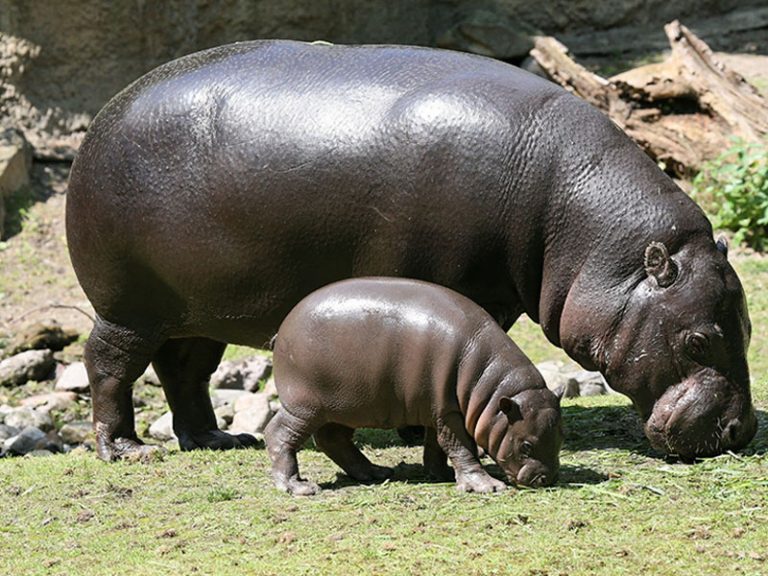
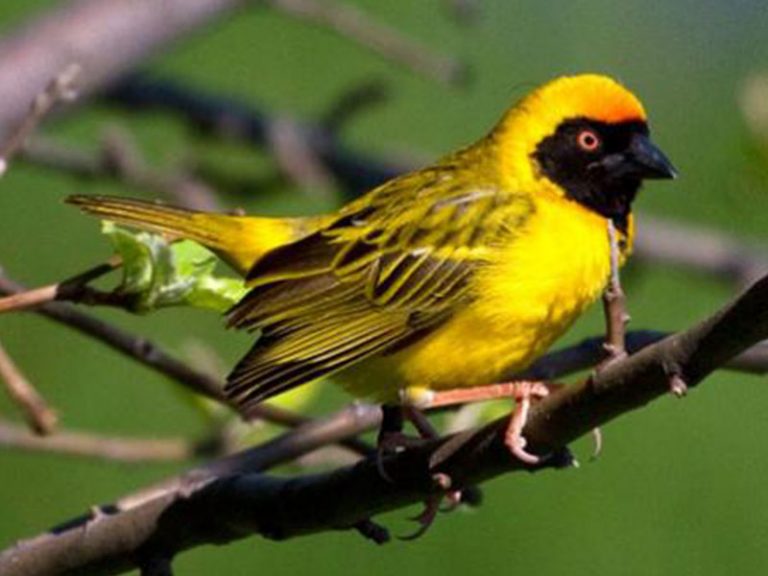
Few studies have been completed on the fauna of the Gola forest outside the protected areas, but initial results show that there are several critically important forest corridors between the protected areas where similar fauna are found.
Thus, like the Gola Forest National Park, we expect the GolaMA Forest area to support many globally threatened mammals, including Forest Elephant, Pygmy Hippopotamus, Jentink’s Duiker, Zebra Duiker, Liberian Mongoose, Diana Monkey, Sooty Mangabey, Western Red Colobus and Western Chimpanzee. Several birds of conservation concern have also been recorded, such as White-Necked Picathartes and White-Breasted Guineafowl, as well as the globally endangered Gola Malimbe. The latter is unique to Liberia and the three neighbouring countries and its numbers have dwindled to an estimated 6,000–15,000 individuals. The Gola area is thus critical to its survival.
As part of the GolaMA Project, we will be doing baseline studies and biomonitoring to learn more about the wildlife of this area.
The People
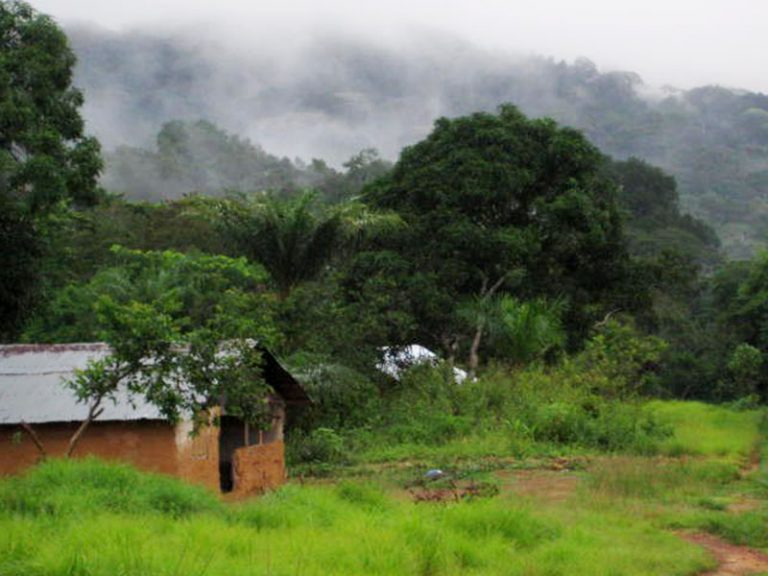
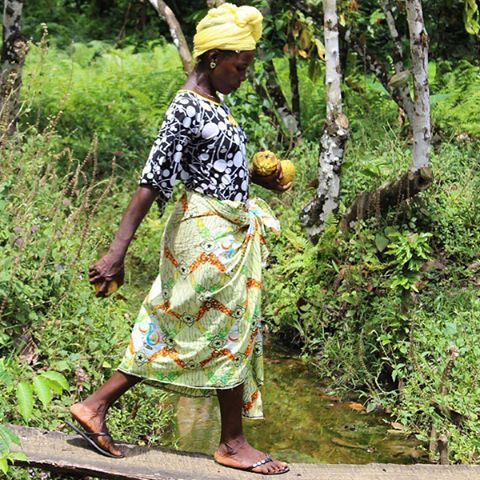
The Gola National Forest area is sparsely populated. The forest communities in this area are among the poorest and most vulnerable in the country. Being remote from towns and other infrastructure, they are highly dependent on natural resources and have limited access to education, health and other social services. Agriculture, artisanal mining and bushmeat hunting provide the main sources of subsistence and income.
Forests contribute to the wellbeing of the local population by providing bushmeat, fuelwood and building materials. In addition, they ensure water provision by minimising sedimentation and runoff, and play an important cultural role, housing spiritual and sacred sites.
Approximately 5,200 people (1,040 households) are settled in 12 villages in the GolaMA Project area. The project will be working most intensely with an estimated 2,000 people (ca.400 households) living in and around the villages of : Norman, Lyene, ULC/Gola, Wango/Smith, Tonglay.
Conservation and management of the forest can both conserve biodiversity and contribute to improved livelihoods. The GolaMA Project is thus a partnership of the forest communities with the global conservation community to conserve and manage the forest to meet different needs.
